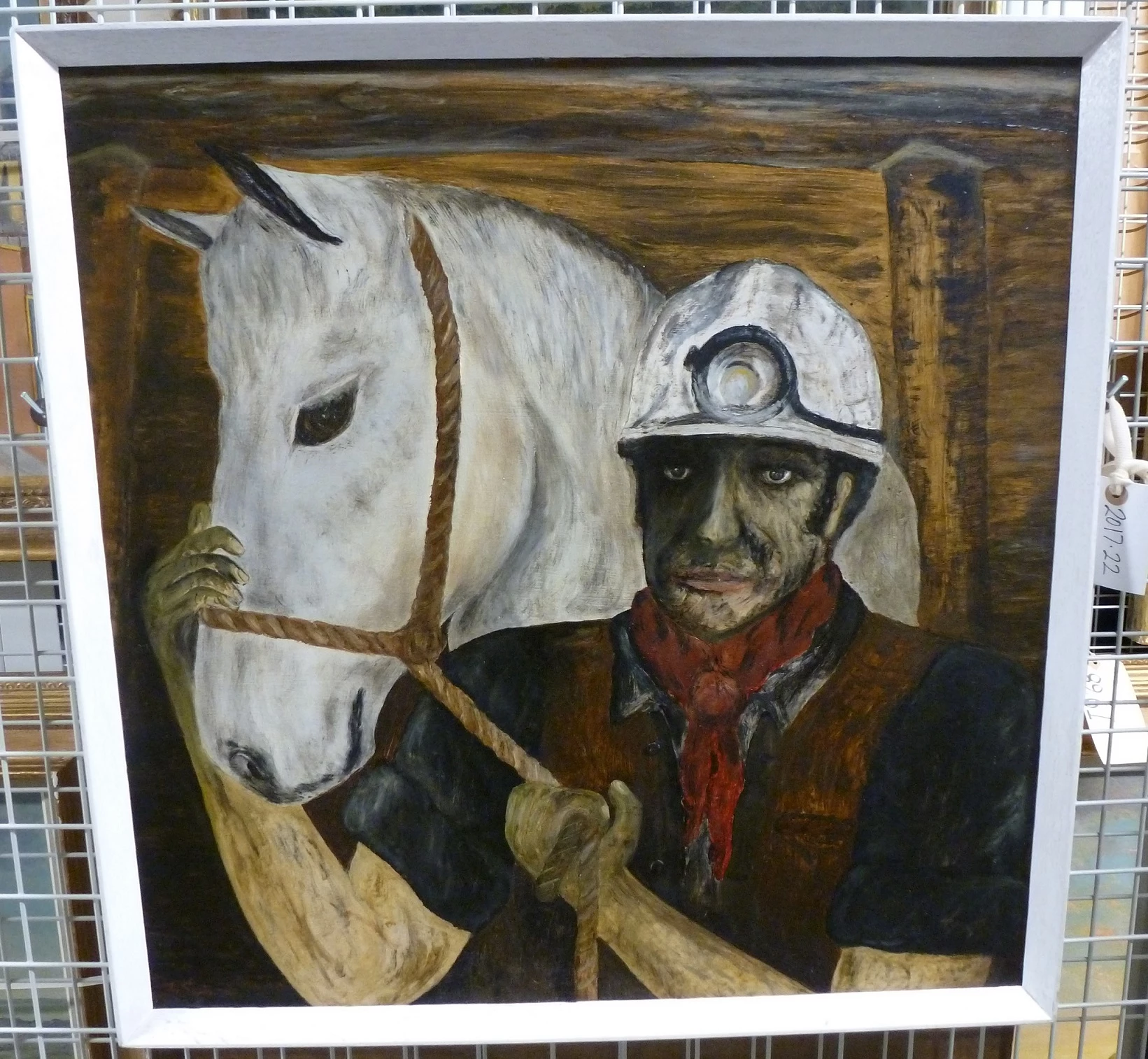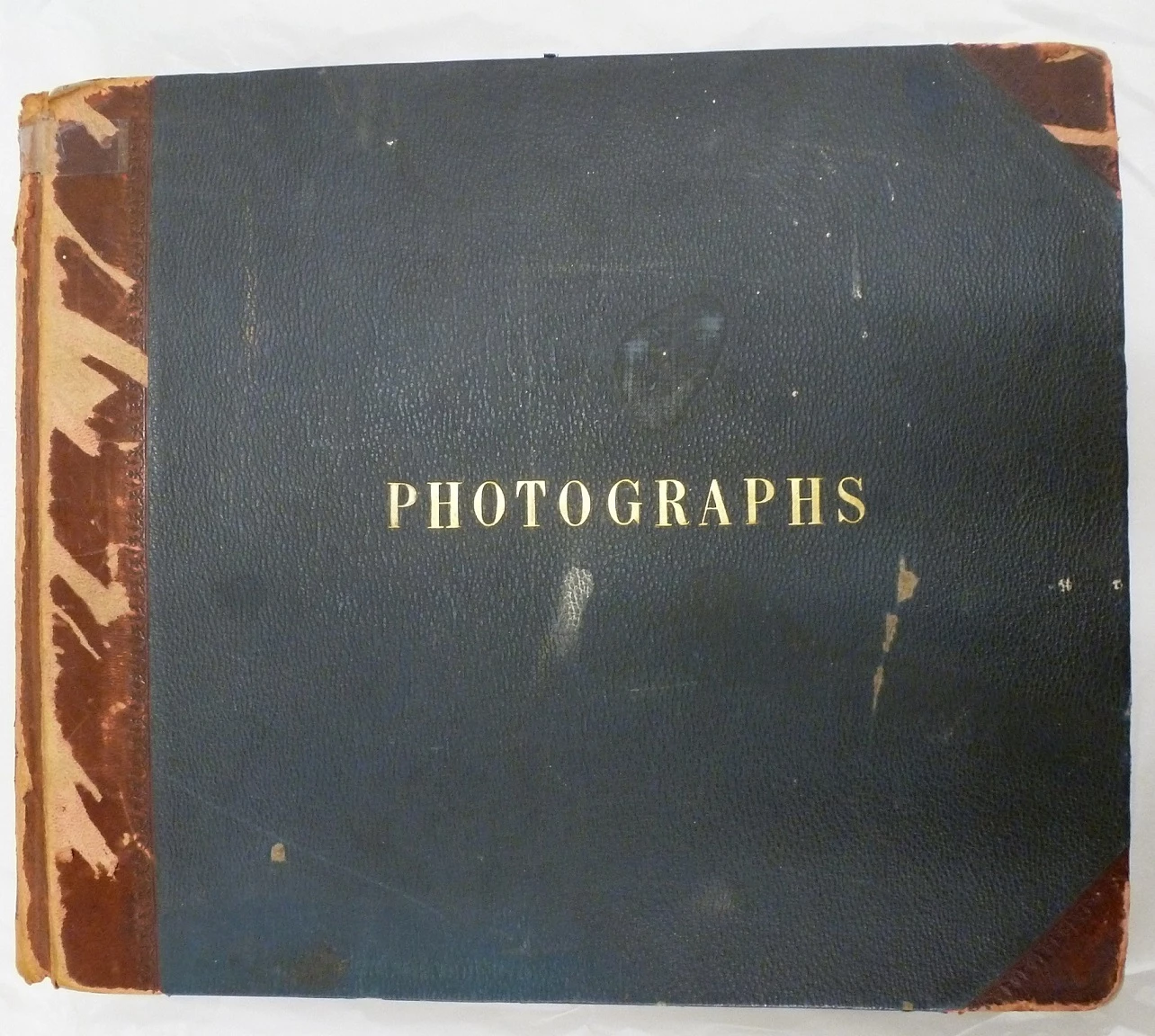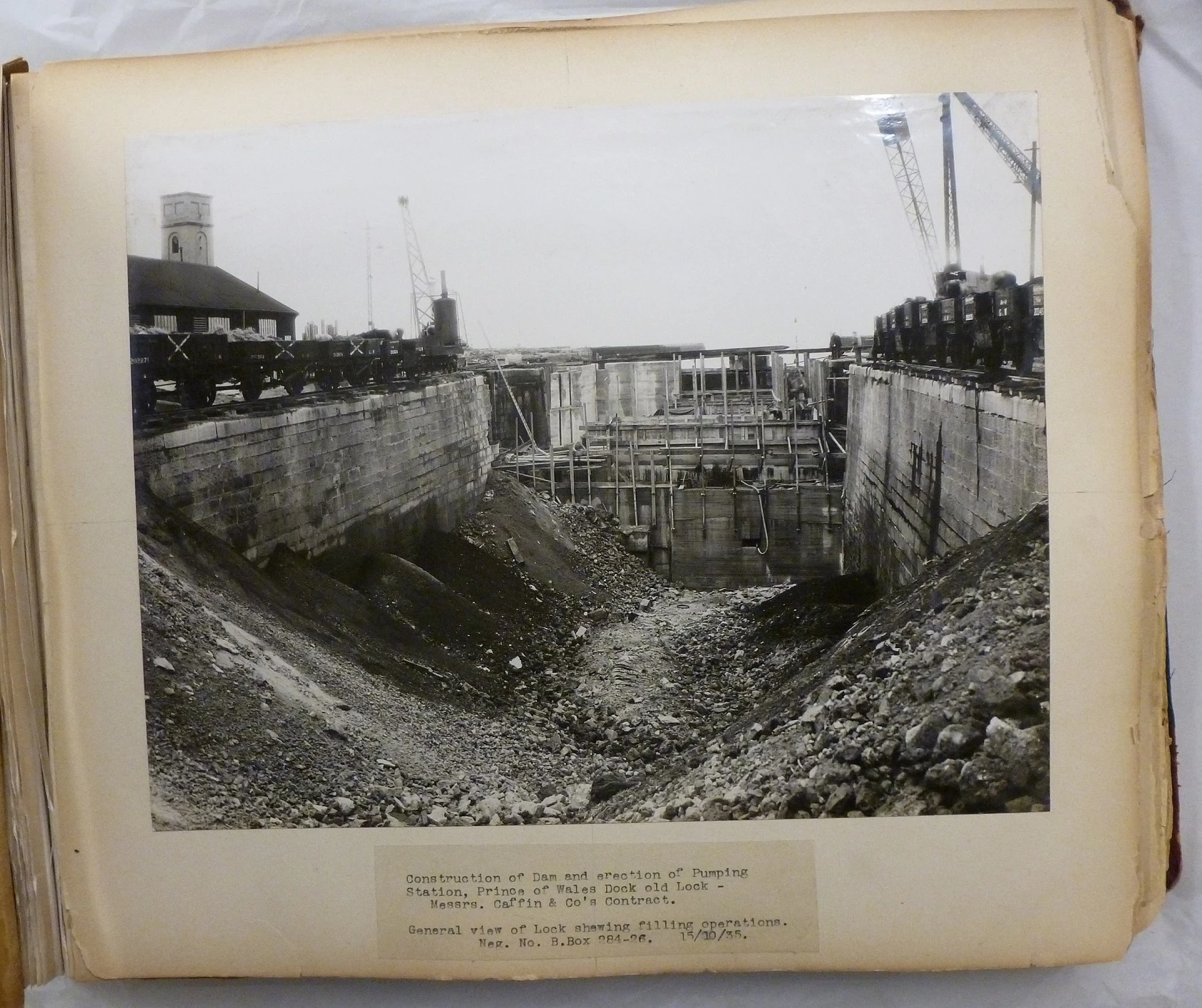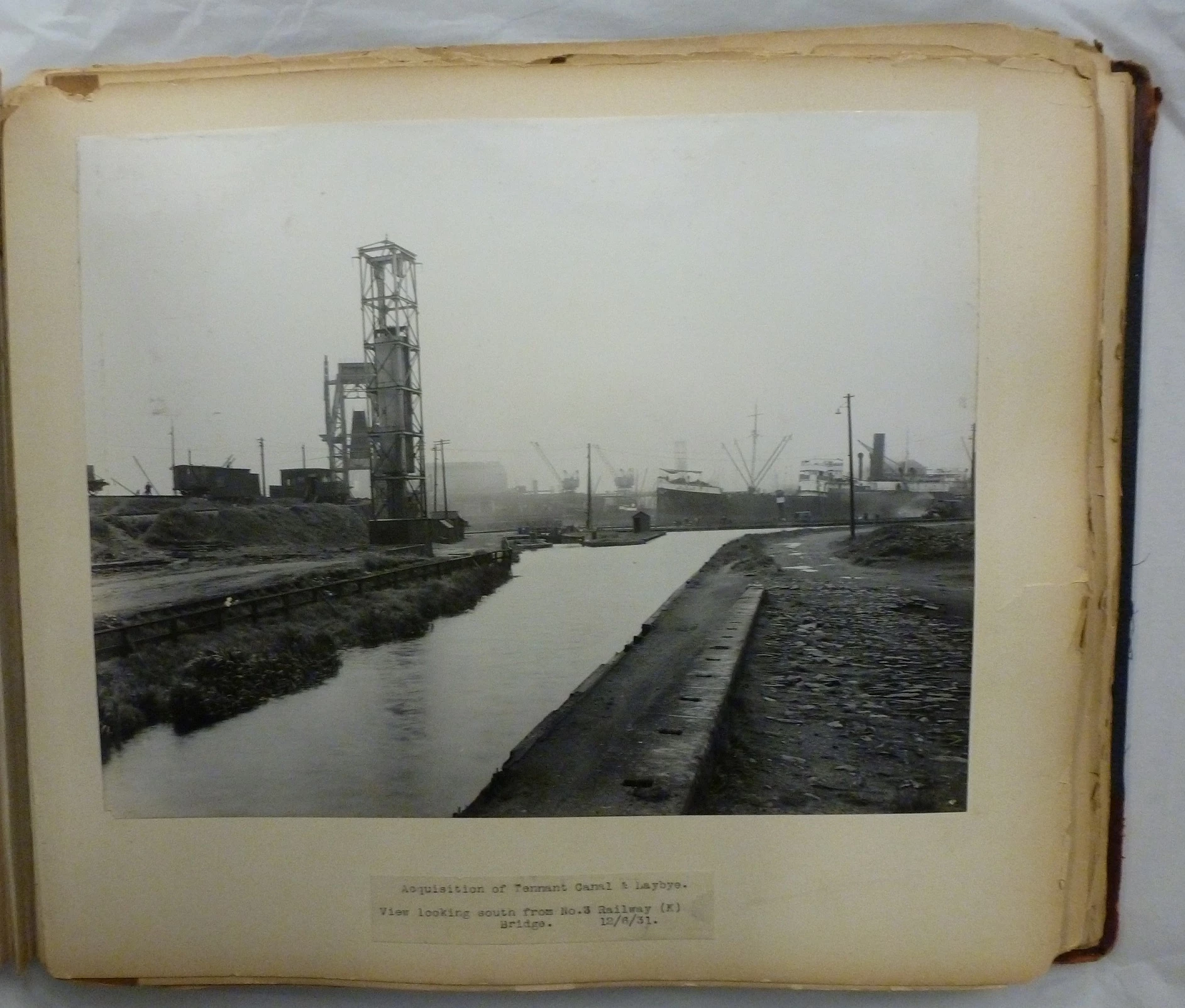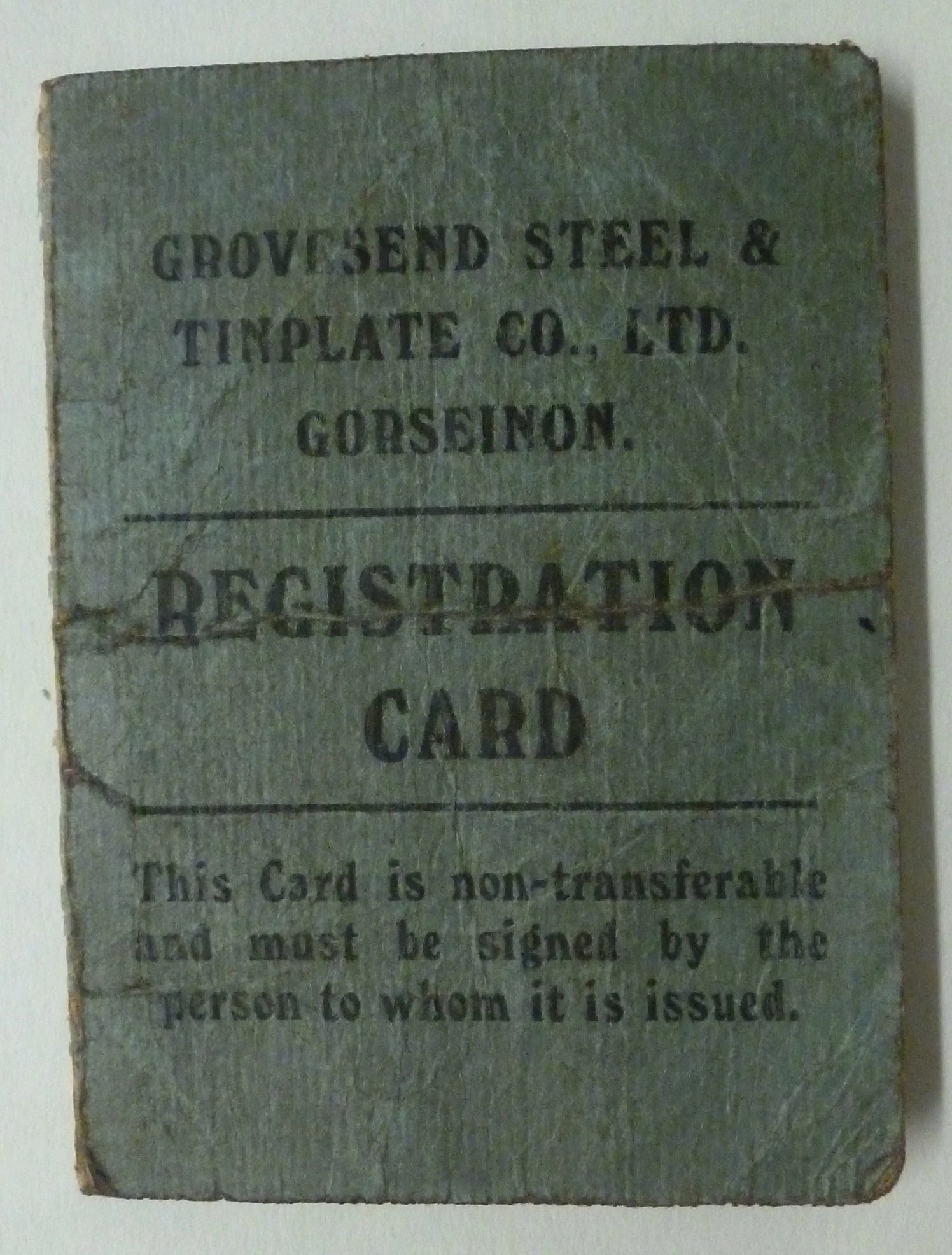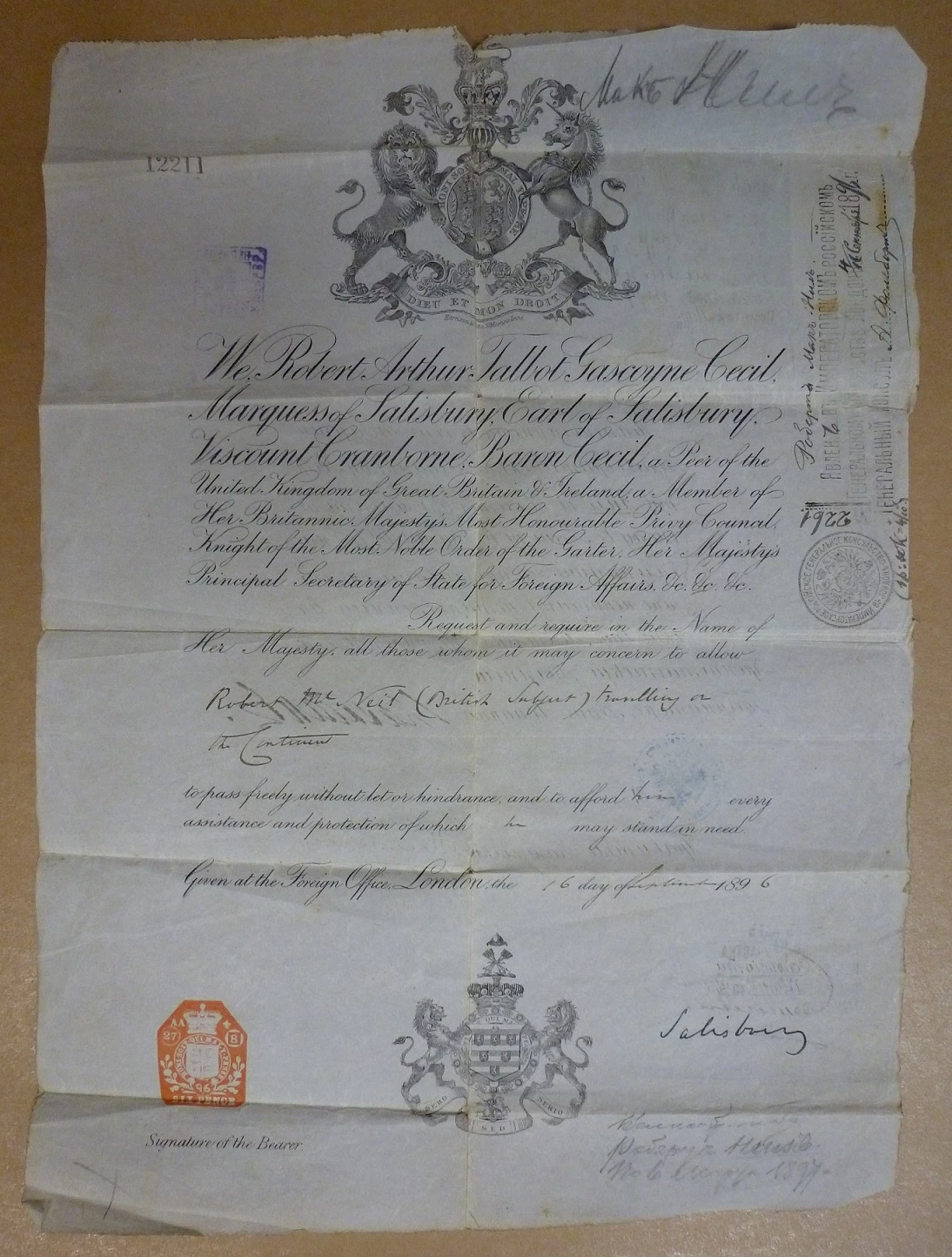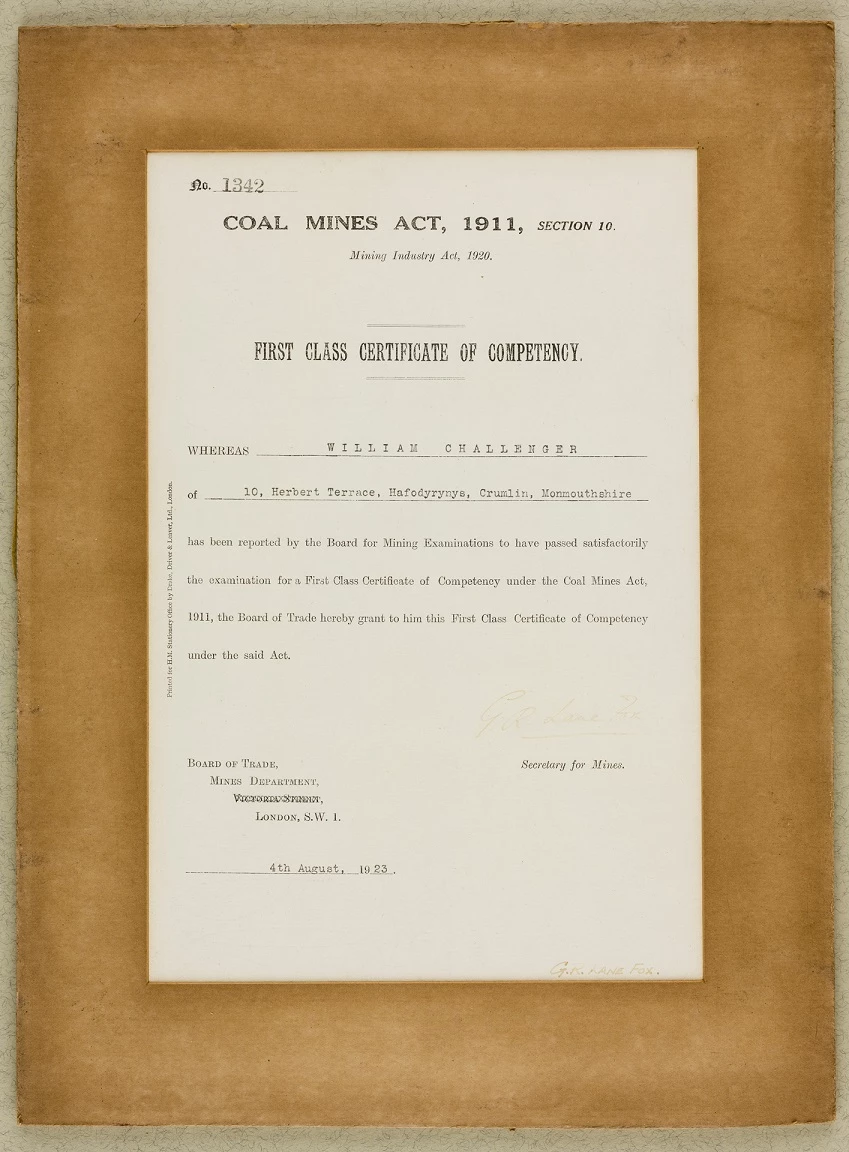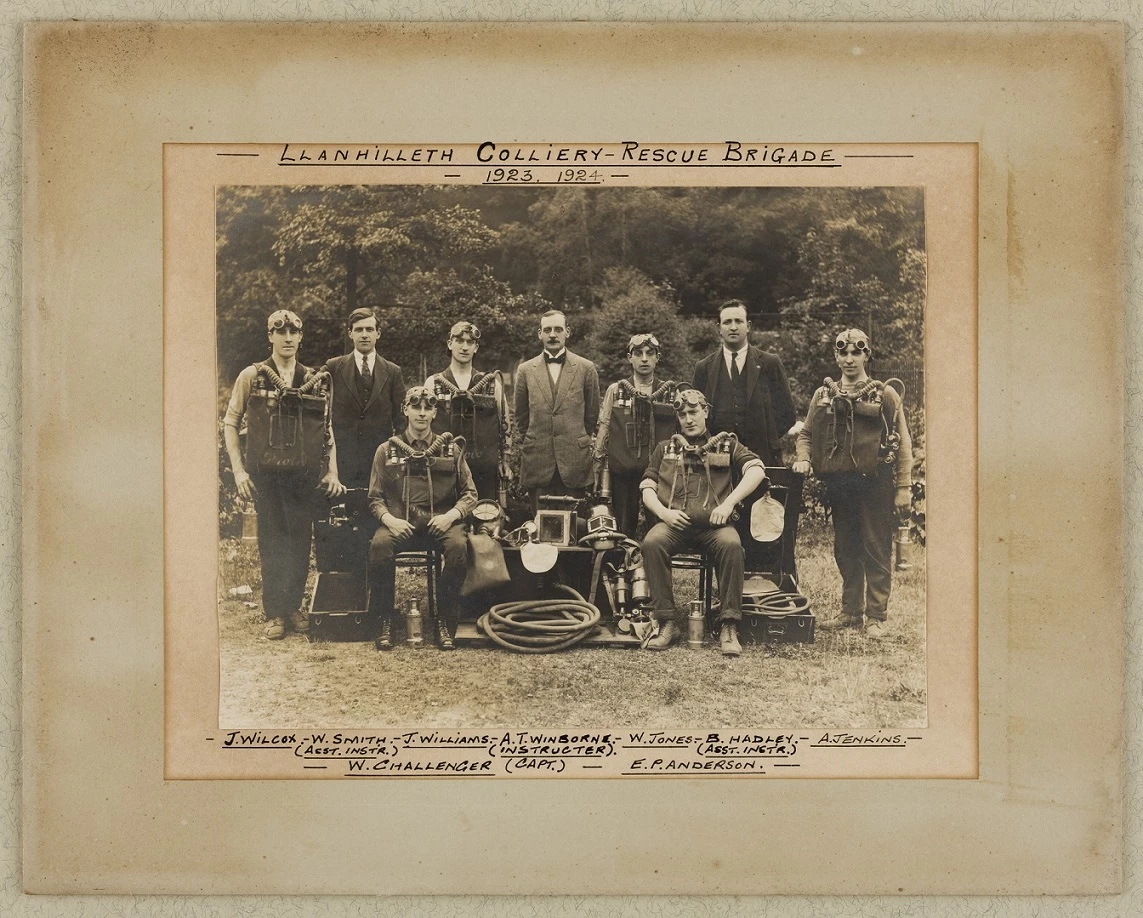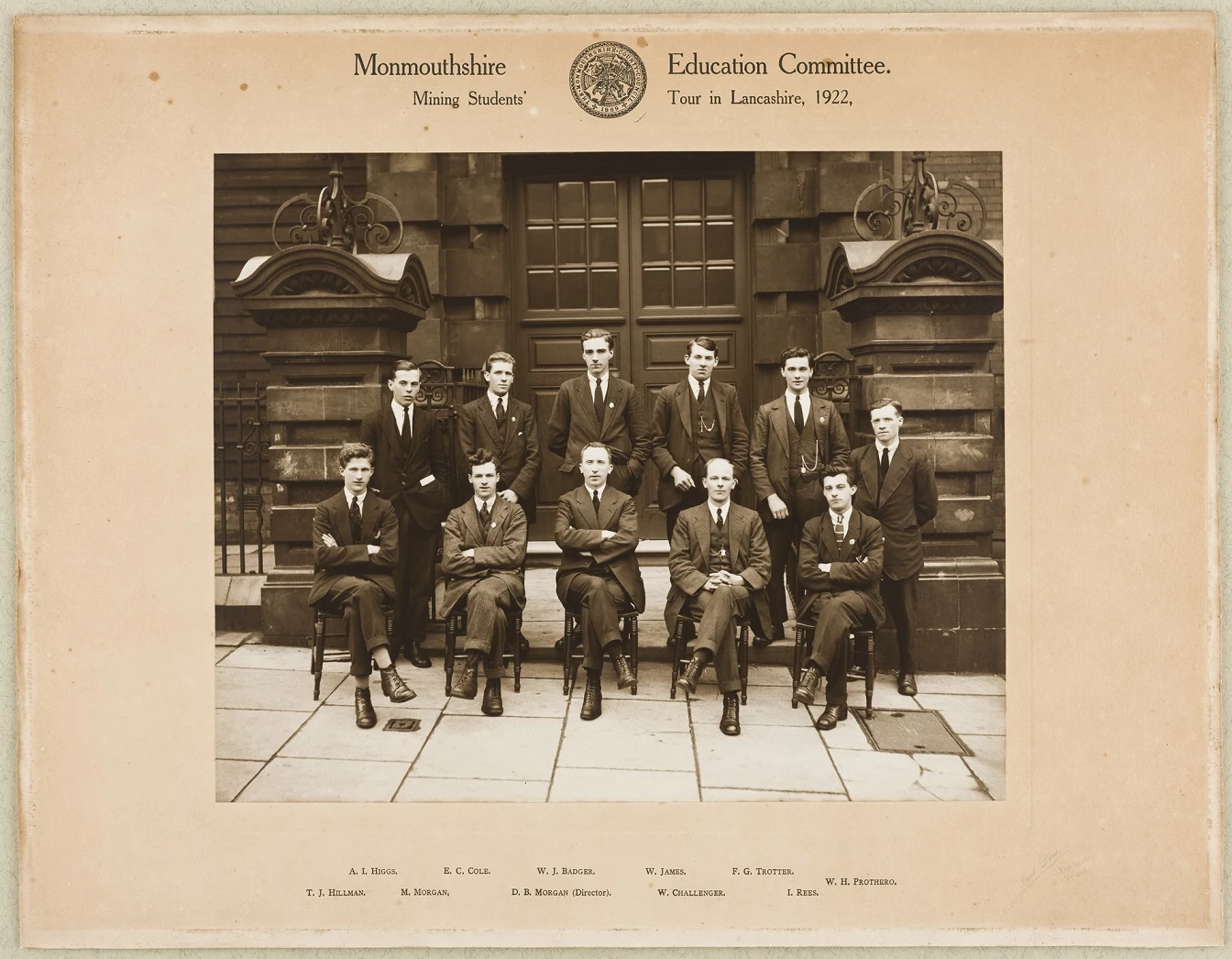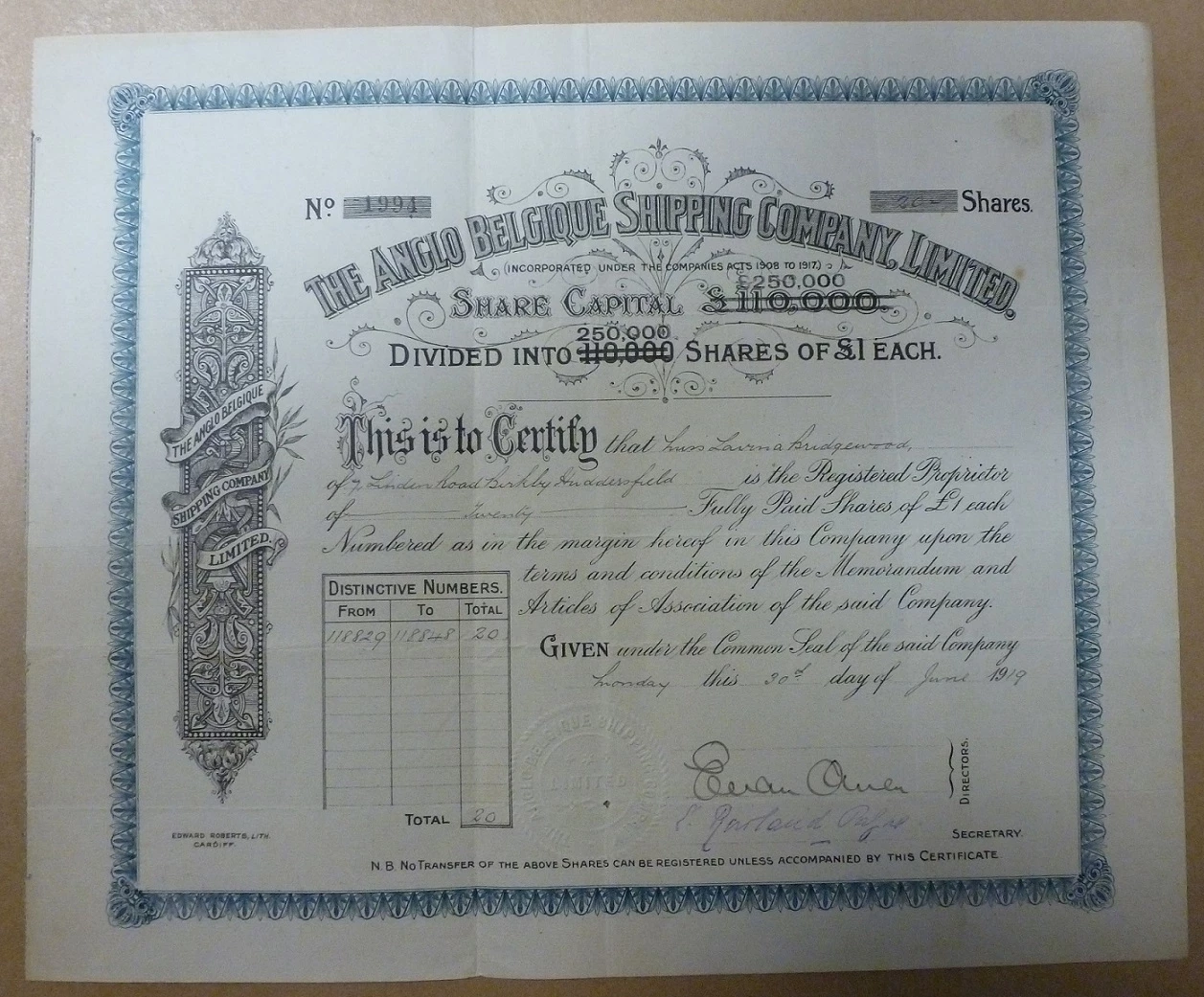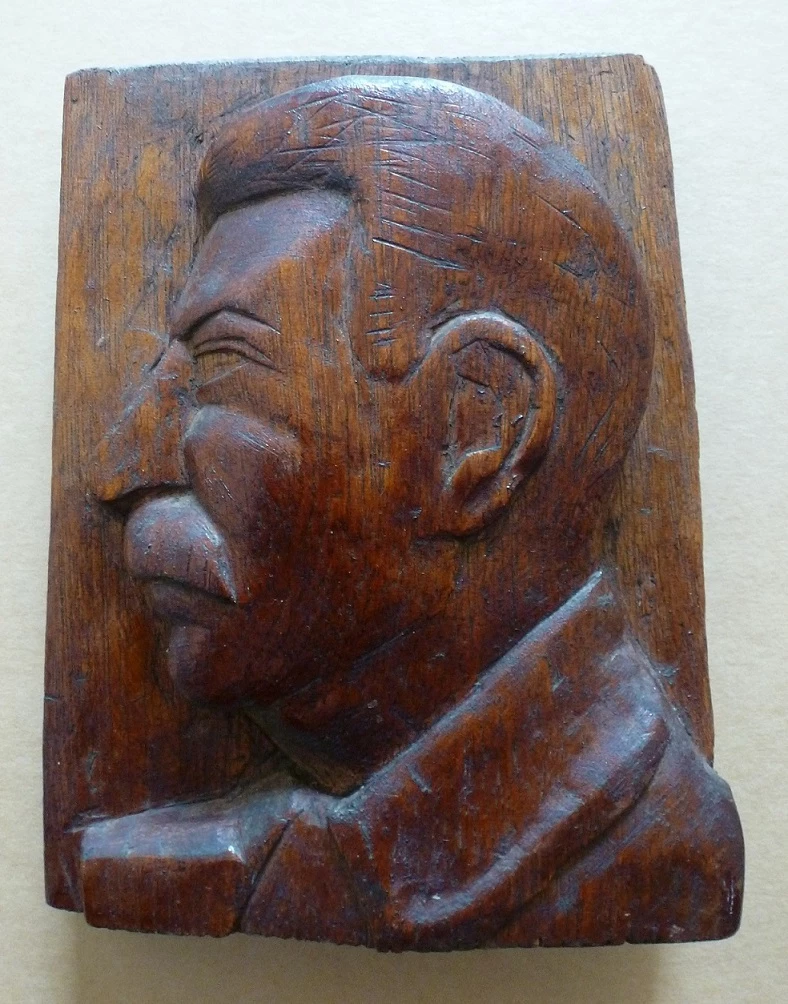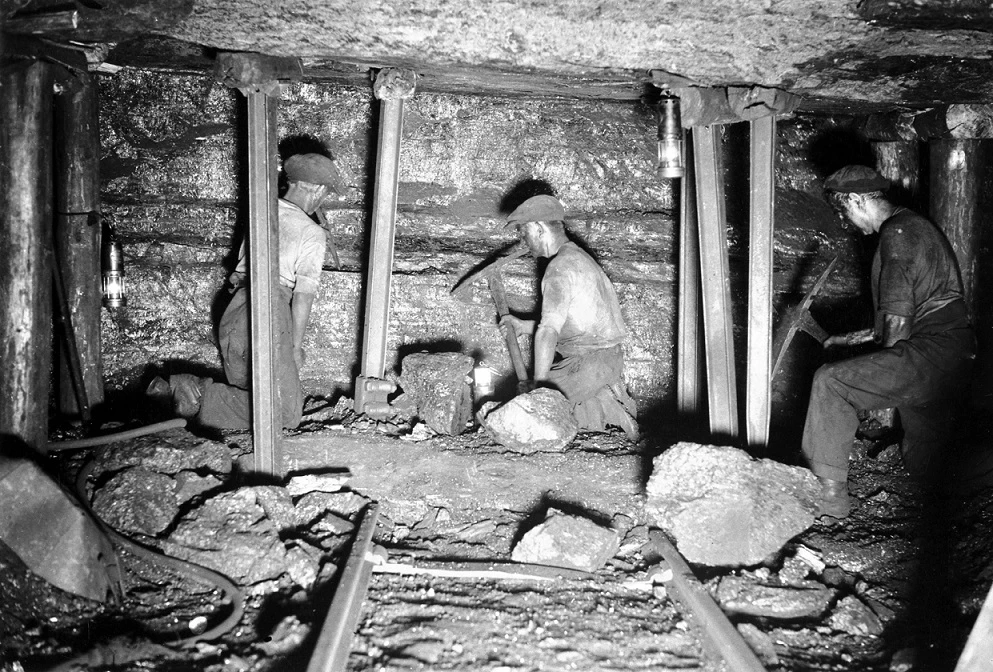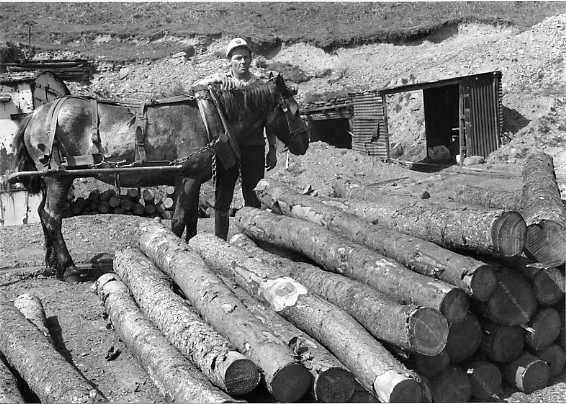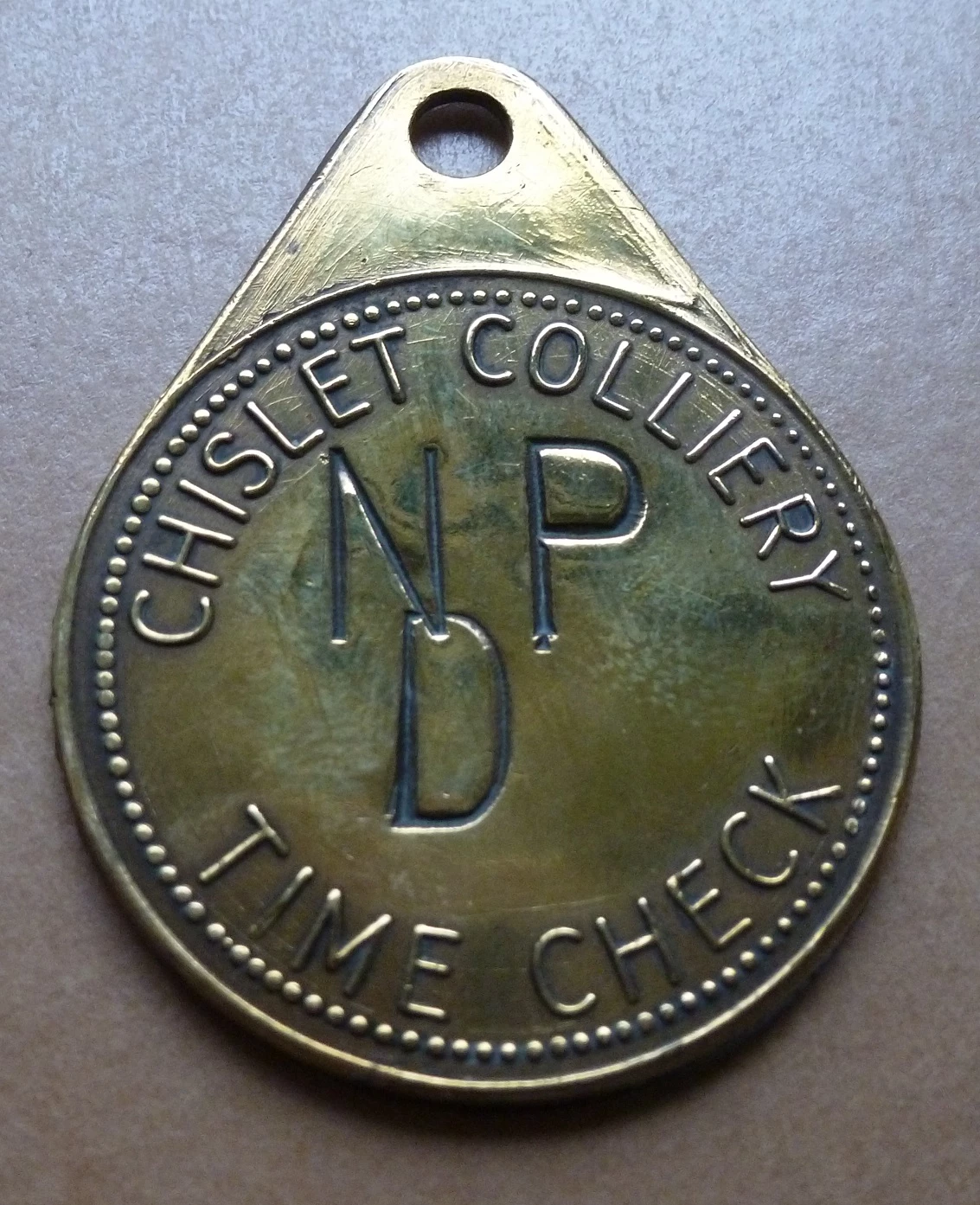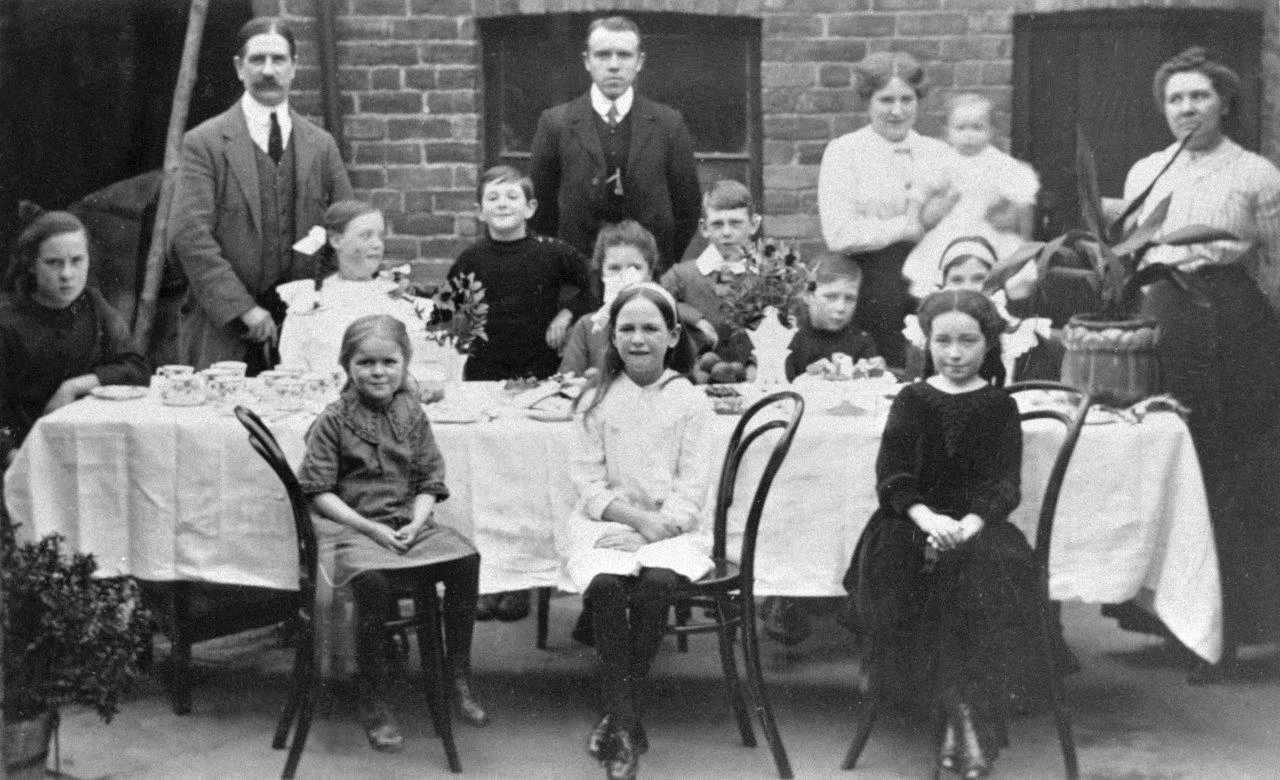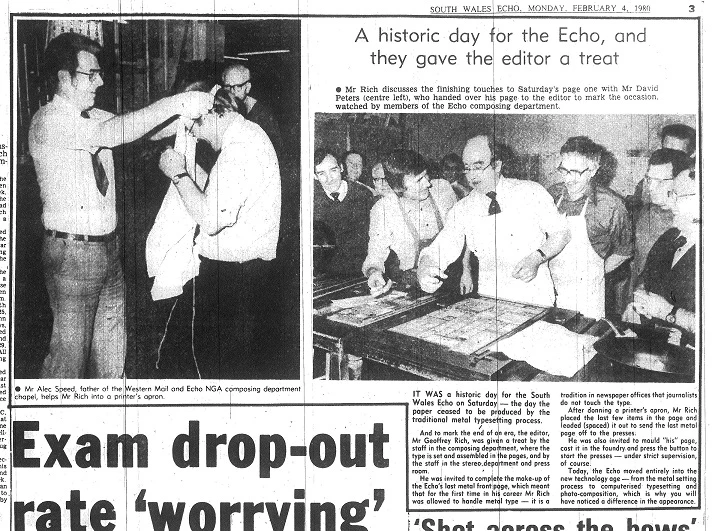A Window into the Industry Collections – February 2017
, 22 February 2017
The first few months of 2017 has already seen Amgueddfa Cymru acquiring some interesting additions to the industry and transport collections. As usual this month I’d like to show you some of the objects that have recently been added to these collections.
This red brick is inscribed Ynysddu Brick Co. It was found fly-tipped at ‘Cyfarthfa Willow Cinder Tip’, Merthyr Tydfil, a tip used by Ynysfach Ironworks from around the 1830s, until 1868 when construction of the Brecon & Merthyr Railway severed access to the tip.
The brick was manufactured at Ynysddu Brick Works, which was closer to Cwmfelinfach than to Ynysddu in the lower Sirhowy Valley, Monmouthshire. The works operated for a limited period in the early twentieth century, it was not shown on the 1899 OS map, and had been demolished by the time the 1948 OS map was surveyed. The works was connected by a three quarters of a mile long tramway to Wentloog / Yr Ochr Wyth Colliery, from where it probably obtained its coal, and clay or shale. Closure of the colliery in 1920 may have caused closure of the brickworks also.
This oil on board painting depicts a miner with a pit pony, and is titled ‘Pit Pals’. It was painted by William Salton in the 1970s. We believe the artist was an ex-miner, but don’t have any further details. If anyone can help with further information, please get in touch.
This photograph album contains 77 black and white photographs showing the construction and refurbishment works at the docks in Swansea, Port Talbot and Briton Ferry. The photographs date between 1927 and 1935.
We were also recently donated another photograph album. This one contains 92 photographs taken between 4th May and 6th June 1957. The photographs show the installation of 33kv package type switchgear at Cardiff Power Station.
As mentioned in previous blog posts, Amgueddfa Cymru holds by far the largest and wide-ranging Welsh-interest share certificate collection held by any public museum. This month we have added three certificates to this collection
The first certificate is a Aberdaunant Lead Mining Co. Ltd. share certificate dated 31 March 1876. The company was registered in 1869 to reopen the ancient lead and zinc mine of the same name near Llanidloes, Montgomeryshire. The mine was worked on a modest scale until 1876 when it was abandoned, producing 150 tons of ore. Little was achieved in the first three or four years of the company’s existence and application was made in November 1872 to reduce its capital from £75,000 to £15,000 in 1872 following financial difficulties. Almost all recorded production occurred in 1873-75. Despite much development work, no further ore was produced and the mine closed in 1879. The shareholders resolved in 1879 to liquate the company but liquidation was not completed until 1898, and the company was struck off in 1902.
The next is a British Motor Corporation Ltd. share certificate dated 8 May 1965. The company was formed in 1952 to merge Austin and Morris motor vehicle production. Morris was the holding company that owned Nuffield which included MG, Riley and Wolseley. In 1965 BMC acquired the Pressed Steel Co. Ltd., a major body panel manufacturer previously part-owned by Morris. In 1966 BMC was renamed British Motor Holdings Ltd. and in 1968 merged with Leyland to form British Leyland. BMC owned a number of Welsh production plants and subsidiary companies, notably Morris Motors at Llanelli, and the Pressed Steel plant, also at Llanelli. Both were, and continue to be major employers.
The last certificate is a Carnarvonshire Great Consols Lead Mining Co. Ltd. share certificate dated 15 September 1884. The company was registered in 1881 to take over the operating of Llanrwst Lead- Zinc Mine. Work tailed off at the mine in 1883-84 and thereafter it was kept on care and maintenance until the extensive plant was auctioned off in 1887. The mine was not subsequently worked but was dewatered in the 20th century by the underlying Parc Mine and is now well-known for the rare exposure of nineteenth century pumping equipment in the shaft bottoms after over half a century beneath water.
This sculpture is titled The Crown Dragon / Y Ddraig Goron. It was made by the artist David Petersen in September 2011. It was commissioned by Crown Packaging UK Neath Works (former Metal Box Works) and made from can components manufactured at the works. The Metal Box Works at Neath was a major local employer with over 3,000 staff in its 1960s – 1970s peak, and as a manufacturer of tinplate can components was intimately connected with the deeply important Welsh steel and tinplate industries which supplied its raw materials. We are hoping to put The Crown Dragon on display at the National Waterfront Museum in Swansea in time for St. David’s Day.
This Grovesend Steel & Tinplate Co. Ltd. World War 2 employee registration card issued to Stanley Thomas, a second helper in the tinplate works hot mills. At the start of the war, many substantial employers would have had identity and registration documents printed for issue to employees. Survivals are few and scarce. Their low survival rate is probably due to wear and tear of daily use and continually being carried in a pocket or wallet, and also potentially due to their being superseded by National Registration Cards which were issued by the Government to all members of the population on 1-2 October 1939.
Mark Etheridge
Curator: Industry & Transport
Follow us on Twitter - @IndustryACNMW

